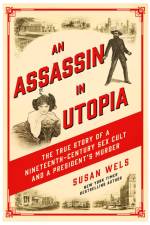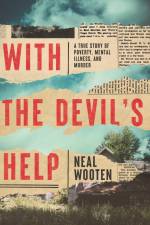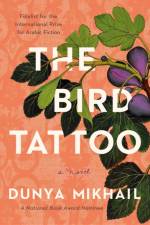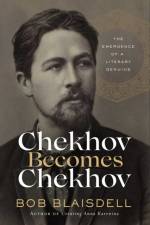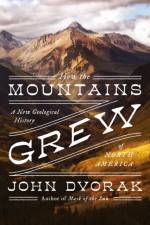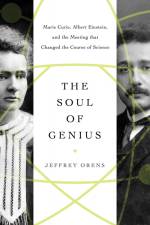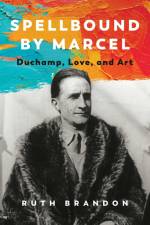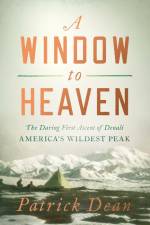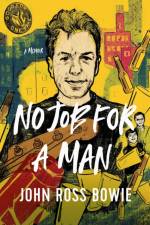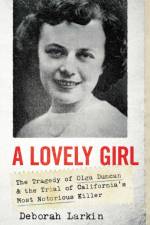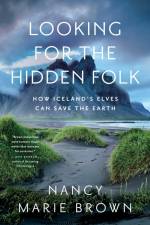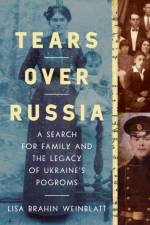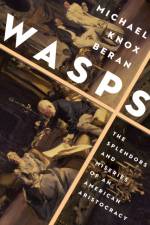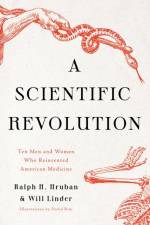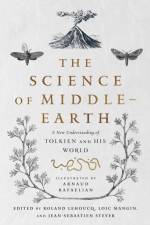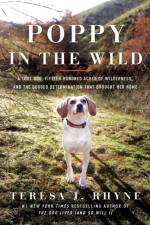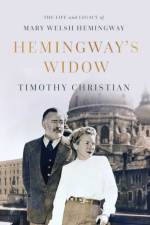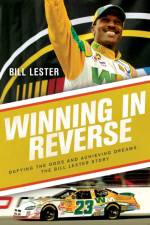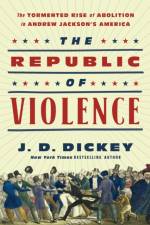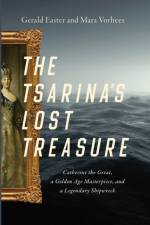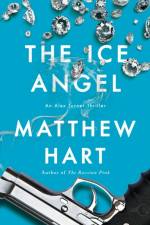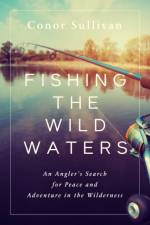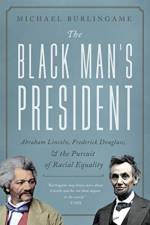av Neal Wooten
275,-
In the tradition of The Glass Castle, Educated, and Heartland, Neal Wootentraces five decades of his dirt-poor, Alabama mountain family as the years and secrets coalesce.Neal Wooten grew up in a tiny community atop Sand Mountain, Alabama, where everyone was white and everyone was poor. Prohibition was still embraced. If you wanted alcohol, you had to drive to Georgia or ask the bootlegger sitting next to you in church. Tent revivals, snake handlers, and sacred harp music were the norm, and everyone was welcome as long as you weren't Black, brown, gay, atheist, Muslim, a damn Yankee, or a Tennessee Vol fan. The Wootens lived a secret existence in a shack in the woods with no running water, no insulation, and almost no electricity. Even the school bus and mail carrier wouldn't go there. Neal's family could hide where they were, but not what they were. They were poor white trash. Cops could see it. Teachers could see it. Everyone could see it. Growing up, Neal was weaned on folklore legends of his grandfatherhis quick wit, quick feet, and quick temper. He discovers how this volatile disposition led to a murder, a conviction, and ultimately to a daring prison escape and a closely guarded family secret. Being followed by a black car with men in black suits was as normal to Neal as using an outhouse, carrying drinking water from a stream, and doing homework by the light of a kerosene lamp. And Neal's father, having inherited the very same traits of his father, made sure the frigid mountain winters weren't the most brutal thing his family faced. Told from two perspectives, this story alternates between Neal's life and his grandfather's, culminating in a shocking revelation. Take a journey to the Deep South and learn what it's like to be born on the wrong side of the tracks, the wrong side of the law, and the wrong side of a violent mental illness.

